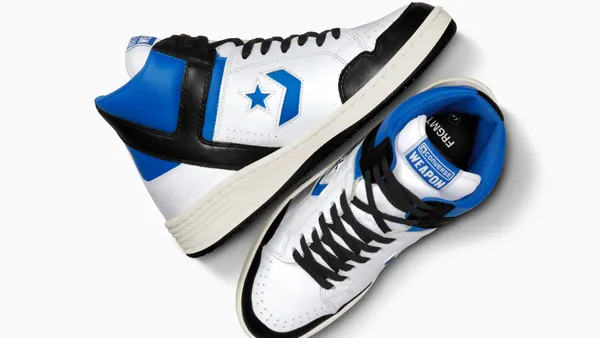Dive Brief:
-
Amazon's announcement in May that it would institute a lifetime ban for customers that habitually return merchandise is influencing retailers of all sizes to mull similar policies, in light of their own rising problem of escalating returns, according to a report from omnichannel retail management firm Brightpearl. Some 61% of U.S. retailers say they'd ban so-called "serial returners" permanently, while fewer than one-quarter are not inclined to.
-
Over a third of U.K. retailers and 42% of U.S. retailers say that they're seeing more serial returners in the last 12 months, especially among customers aged 18 to 34, where over a third admit to buying more items than they intend to buy, (under a third in the other age groups say that), according to the report.
-
One-fifth of respondents aged 18 to 24 say that they would never shop with a retailer that imposed such a penalty, Brightpearl found. But deficiencies in assessing serial returns, a lack of transparency about return policies and return tracking, and consumer expectations about e-commerce are confounding the ability of retailers to fashion effective strategies, according to the report. Some 44% of retailers say that they don't have the technology to identify serial returners and another 15% don't know if their technology could identify them.
Dive Insight:
Returns are expensive for retailers, representing lost sales, sometimes damaged or opened inventory and extra staff time. There are no easy solutions and the problem is only getting worse as the volume of returns escalates, leaving retailers flummoxed about what to do.
More than 40% of retailers have seen an increase in "intentional returns" in the past year, according to an earlier report from Brightpearl. That's exacerbating the already margin-crushing costs of fulfillment and delivery for orders that customers actually keep: 44% of retailers say margins are being strongly impacted by handling and packaging returns, with 70% saying they expect to be squeezed further as the practice intensifies.
And it is intensifying. The value of retail returns last year rose 53% from 2015 to $400 billion, and the growth of e-commerce is stoking that, according to returns and overstock supply company B Stock. Returns of brick-and-mortar purchases tend to hover at 8%, while e-commerce returns can reach as high as 15% to 30%, according to estimates from CBRE, which says that likely value of online returns during the 2017 holiday season was $32 billion, up from 2016's estimated $28 billion.
Amazon's recent announcement that it would ban serial returners has emerged as one ostensibly clear way to combat that, but most retailers — including, perhaps, Amazon itself — aren't all that clear on how to proceed or with which customers, according to Brightpearl.
It's emerging as a touchy subject for shoppers, especially younger ones who are the group most likely to buy online. While Brightpearl notes that some young bloggers buy items solely to photograph themselves for images on their social media accounts, many see returns as a logical way to try out merchandise before they decide to keep it. And retailers don't have much financial recourse, considering that just 12% of U.S. shoppers say that raising prices would yield a benefit for retailers.
"In my opinion, 'serial returning' is now the way of the world," according to Hester Grainger, a personal stylist who identified herself as a 'serial returner' in the report. "I think that as consumers, we want, need, expect — and deserve — multiple options. Especially with a garment that involves stepping out of your comfort zone. I think it's normal to order different colours and sizes — especially when sizes vary so much from retailer to retailer. When considering Amazon's decision to ban shoppers who return too much, I think it is a dangerous move for retailers — and it would change my shopping habits if the retailers I regularly ordered from did this. Not only that, but it would change my opinion of that retailer."
Indeed, younger consumers are wary of retailers that say they'd impose severe or lifetime bans on serial returners, Brightpearl found. One-fifth of survey respondents aged 18 to 24 say they'd "never shop with a retailer that imposed such a penalty for a high return rate," according to the report.
The potential brand damage that draconian policies could inflict means that retailers need both more sophisticated assessment and possibly more nuanced policies around returns. "There is an extremely fine balance between protecting customers' overall experiences and implementing policies in a fair and transparent manner," Brightpearl noted, adding that a "risk rating" similar to a credit rating could be problematic, especially if shoppers don't understand it. "Retailers will need to focus on how they deliver the message to shoppers about their policies in order to ensure that pursuit of operational efficiency does not damage the brand reputation."














